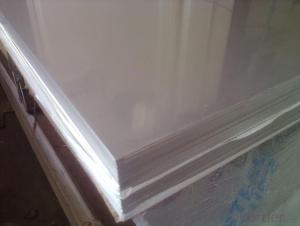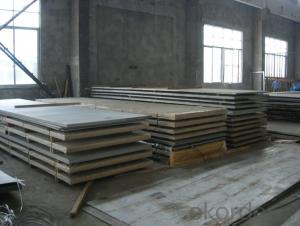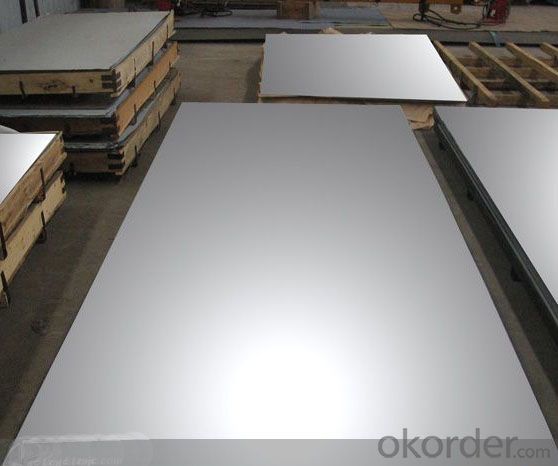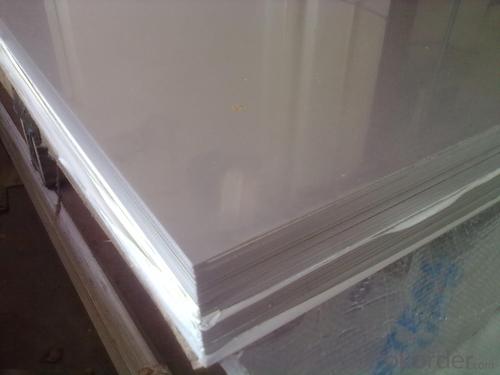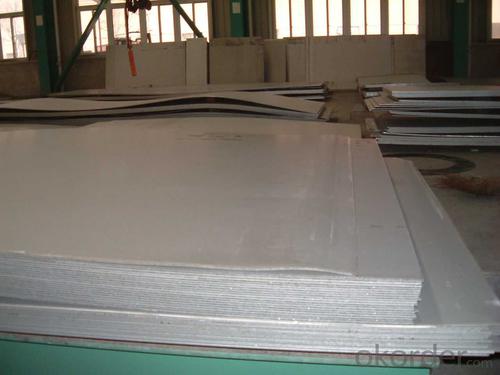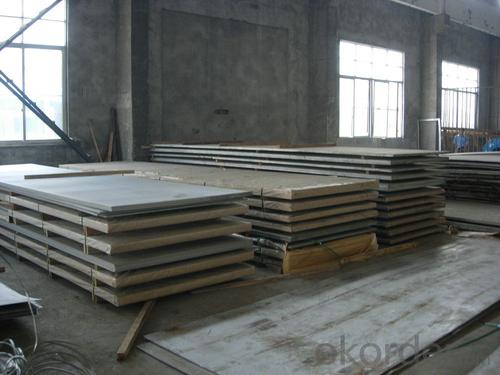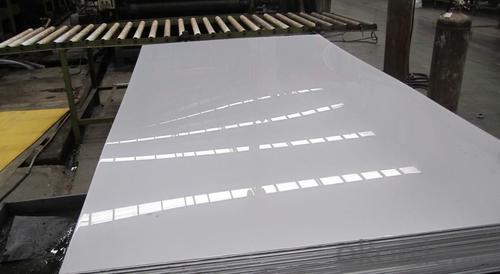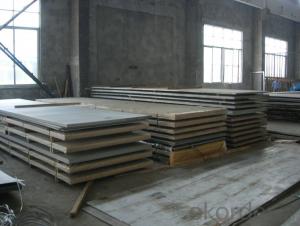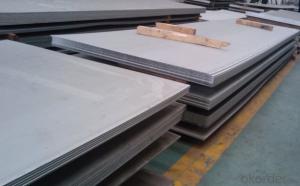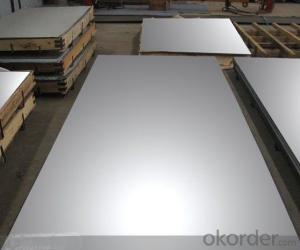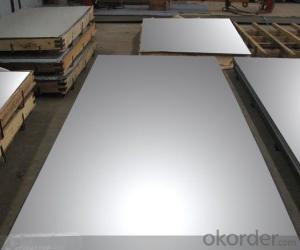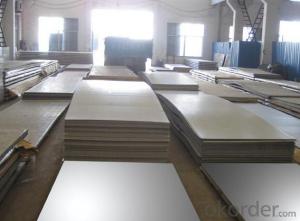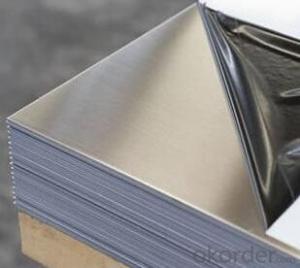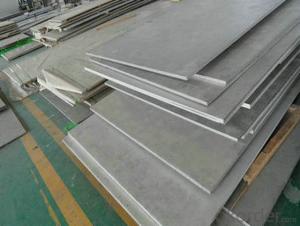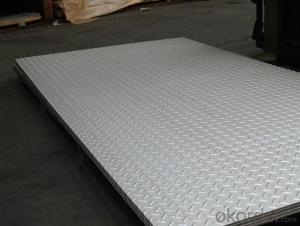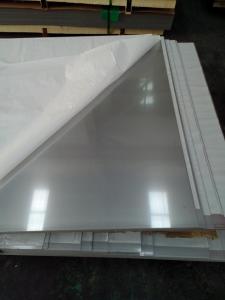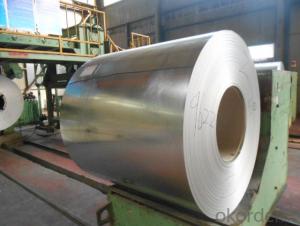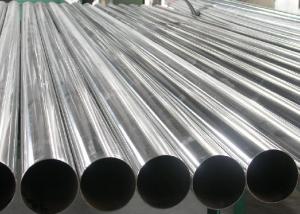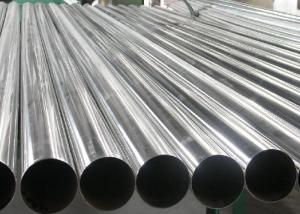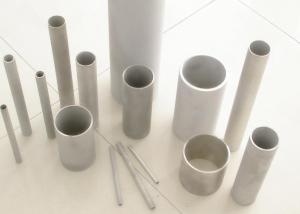Stainless steel plate/sheet 304,201,202,310S,309S,316L,316Ti,304L,410,420,430,444
- Loading Port:
- Shanghai
- Payment Terms:
- TT OR LC
- Min Order Qty:
- 500 m.t
- Supply Capability:
- 5000000 m.t/month
OKorder Service Pledge
OKorder Financial Service
You Might Also Like
Stainless steel plate/sheet
304,201,202,310S,309S,316L,316Ti,321,304L,410,420,430,444,443,409L,904L
| Description | steel sheet,hot rolled steel sheet,cold rolled steel sheet, steel sheet,sheet,steel plate |
| Standard | ASME, ASTM, EN ,BS,GB,DIN, JIS etc |
| Application | Steel sheet applies to construction field, ships building industry, petroleum & chemical industries, war and electricity industries, food processing and medical industry, boiler heat exchanger, machinery and hardware fields. |
| Packaging | Standard export sea-worthy packing |
| Delivery time | 10-30 days |
| Note | Our company has cooperative relation between the domestic agents. Stainless steel sheet can be made accordingto the customers requirements. Fasten delivery. Quality assured. |
| Quality | No.1 |
| Productivity | 1200ton/day |
| Contacts | If you have any question,please feel free contact me. |
Stainless steel sheet surface finish characteristics
| Surface finish | Characteristics and application |
| 2B | The surface brightness and flatness of no2B is better than no2D. then through a special surface treatment to improve its mechanical properties,No2B could nearly satisfy comprehensive uses. |
| No.1 | Polished with abrasive belt of grit#100-#200, have better brightness with discontinuous coarse stria, used as inner and external ornaments for building, electrical appliances and kitchen utensils etc. |
| No.4 | Polished with abrasive belt of grit #150-#180,have better brightness with discontinuous coarse stria, but thinner than No3, are used as bathtub buildings inner and external ornaments electrical appliances kitchen utensils and food processing equipment etc. |
| HL | Polished with abrasive belt of grit #150-#320 on the NO.4 finish and has continuous streaks, mainly used as buildings ornaments elevators, door of building, frontal plate etc. |
| BA | Cold rolled, bright annealed and skin-passed, the product have excellent brightness and good reflexivity like mirror, kitchen apparatus, ornament etc. |
| 8K |
Product Shows :
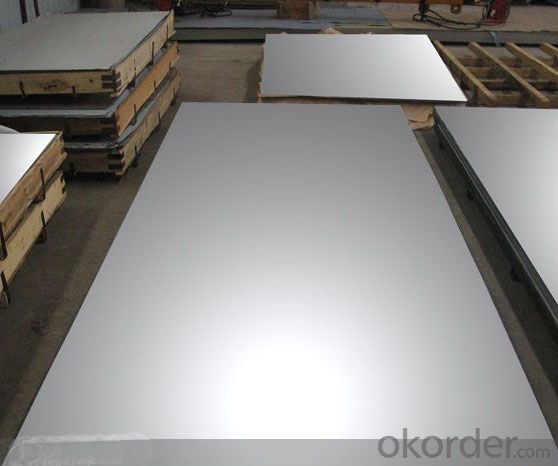
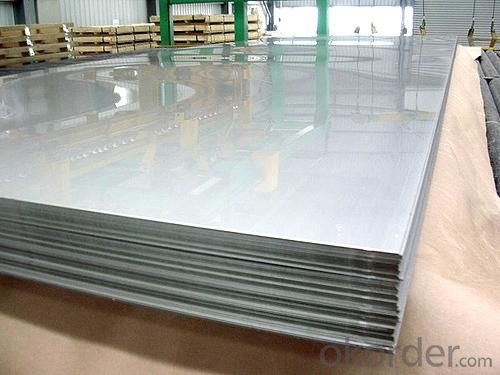

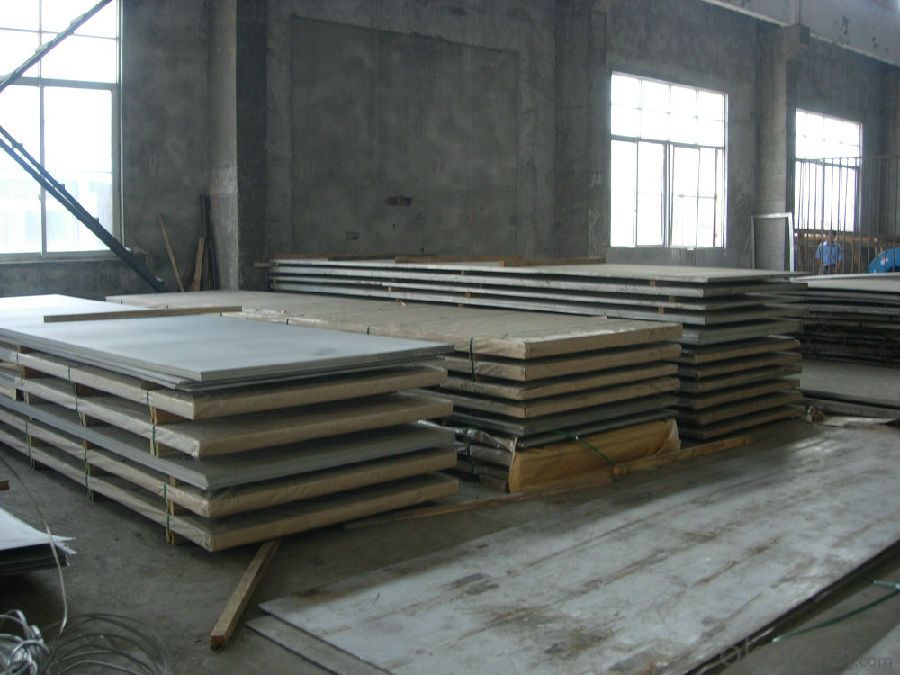
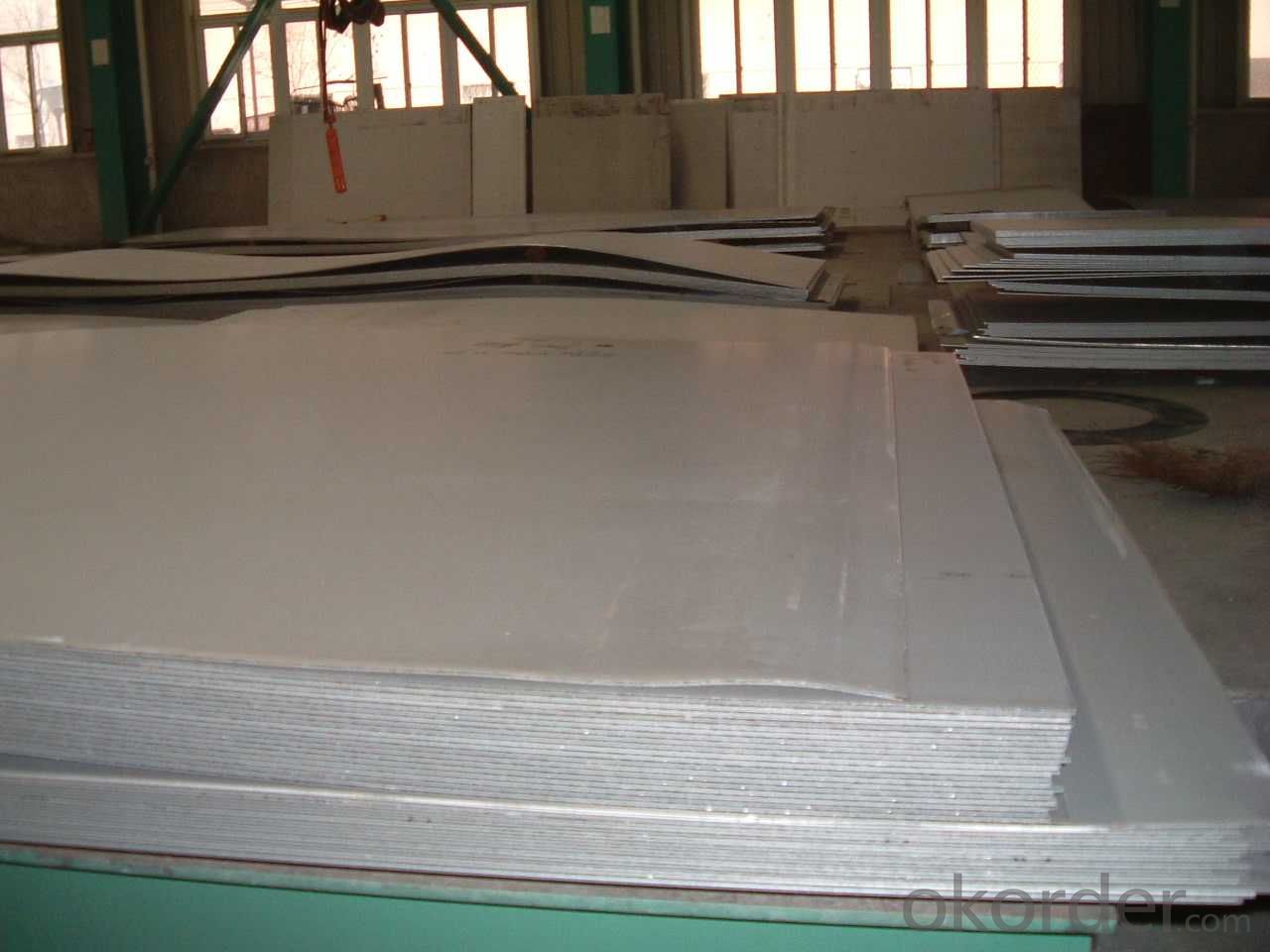
Application :
•Escalator, Elevator, Doors
•Furniture
•Production tools, Kitchen appliances, freezers, cold rooms
•Auto Parts
•Machinery and Packaging
•Equipment and Medical devices
•Transport system
Packaging and Loading
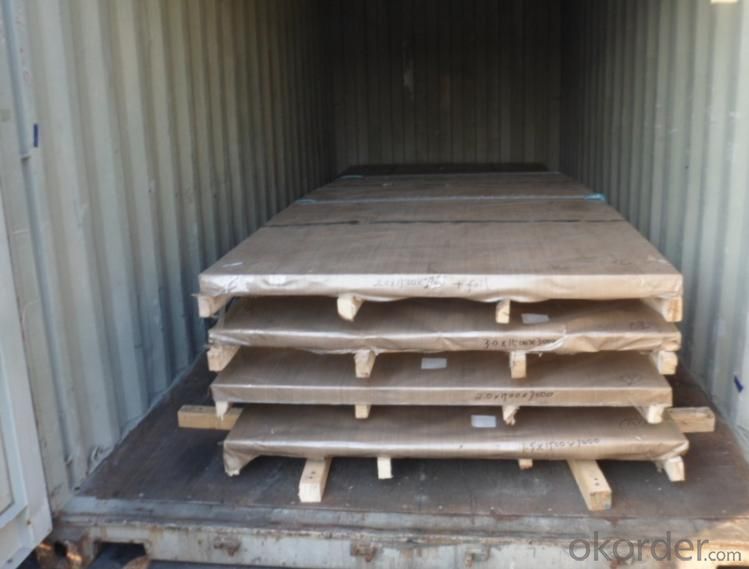
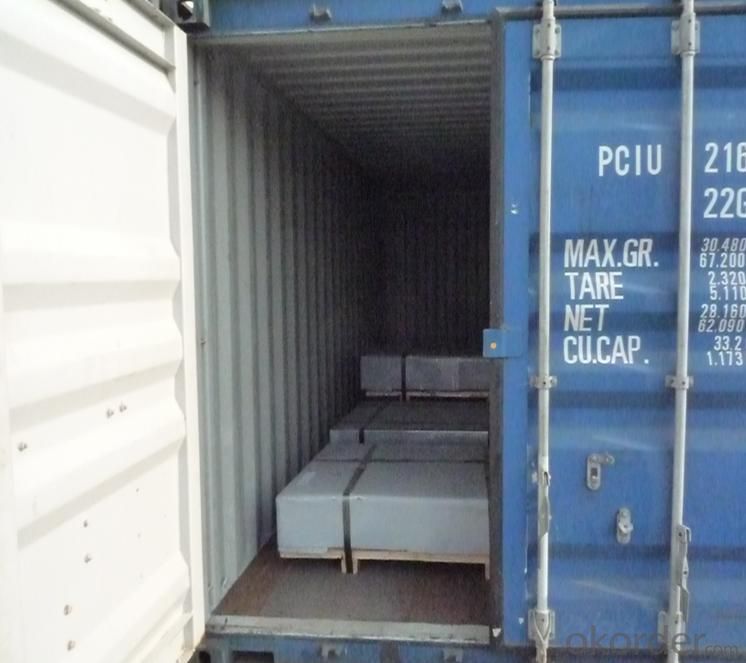
- Q: Can stainless steel sheets be used for power generation equipment?
- Stainless steel sheets are indeed applicable for power generation equipment. With its versatility, stainless steel possesses a range of advantageous qualities specifically tailored for power generation applications. Its corrosion resistance is exceptional, a paramount characteristic for equipment that comes into contact with water, steam, or other corrosive substances. Moreover, stainless steel exhibits remarkable strength and durability, enabling it to withstand the elevated temperatures and pressures frequently encountered in power generation systems. Another notable attribute is its proficiency as an electrical conductor, rendering it suitable for electrical components and connections within the equipment. Consequently, stainless steel sheets are widely employed in the construction of power generation equipment, including turbines, boilers, heat exchangers, and exhaust systems.
- Q: Are stainless steel sheets suitable for elevator handrails?
- Yes, stainless steel sheets are suitable for elevator handrails. Stainless steel is a popular choice for handrails in elevators due to its durability, corrosion resistance, and aesthetic appeal. Elevator handrails are subject to constant use and exposure to various environmental factors, such as moisture and fingerprints. Stainless steel is highly resistant to corrosion, ensuring the longevity and maintenance-free operation of the handrails. Additionally, stainless steel has a sleek and modern appearance that complements the overall design of elevators. Its smooth surface is easy to clean and maintain, making it a hygienic choice for handrails in public spaces. Overall, stainless steel sheets are an excellent material choice for elevator handrails.
- Q: What's the difference between the 304 stainless steel plate and the 310S stainless steel plate?
- 304 is a versatile stainless steel which is widely used in the manufacture of equipment and parts requiring good overall performance (corrosion resistance and formability). In order to maintain the inherent corrosion resistance of stainless steel, steel must contain more than 18% chromium, more than 8% of the nickel content. 304 stainless steel is a brand of stainless steel produced according to the ASTM standard in the United states.310S stainless steel austenitic chromium nickel stainless steel has good oxidation resistance, corrosion resistance, because the higher percentage of chromium and nickel, which has much better creep strength, can continuously work under high temperature, good heat resistance, softening temperature is more than 800[1], and the allowable stress continued to decrease, the highest use temperature of 1200 DEG C. For Ni (Ni), chromium (Cr) content is high, with good oxidation resistance, corrosion resistance, acid and alkali resistance, high temperature performance, high temperature resistant steel dedicated to the manufacture of electric furnace tube and so on, increase the amount of carbon austenitic stainless steel, due to the solid solution strengthening effect to the strength improved, chemical composition characteristics of austenitic stainless steel is chrome, nickel based addition of molybdenum and tungsten, niobium and titanium elements, as its face centered cubic structure, and strength and high creep strength at high temperature.
- Q: Can stainless steel sheets be used for elevator floors?
- Indeed, elevator floors can indeed make use of stainless steel sheets. Known for its durability and resistance to corrosion, stainless steel is widely employed in numerous fields, including elevator interiors. Elevator floors adorned with stainless steel sheets exude a sophisticated and contemporary aesthetic, all while effectively withstanding scratches, blemishes, and impacts. Moreover, stainless steel's effortless cleanliness and maintenance make it an ideal selection for elevator floors that endure substantial foot traffic.
- Q: What is the thickness range of stainless steel sheets?
- The thickness range of stainless steel sheets can vary depending on the specific grade and application. However, typically stainless steel sheets are available in thicknesses ranging from 0.4mm to 6mm. Additionally, there are specialized stainless steel sheets available in thinner gauges, such as foil sheets that can be as thin as 0.02mm. On the other hand, for heavy-duty applications, stainless steel sheets can be as thick as 50mm or more. Ultimately, the desired thickness of a stainless steel sheet will depend on the intended use, structural requirements, and aesthetic preferences.
- Q: How do you prevent galvanic corrosion on stainless steel sheets?
- To prevent galvanic corrosion on stainless steel sheets, there are several measures that can be taken: 1. Use compatible materials: Ensure that any other metals or materials in contact with the stainless steel sheets are also corrosion-resistant. Avoid coupling stainless steel with dissimilar metals, especially those with a higher electrochemical potential difference, as this can accelerate galvanic corrosion. 2. Insulate and isolate: Create a physical barrier or insulating layer between the stainless steel sheets and any dissimilar metals. This can be achieved through the use of gaskets, seals, or non-conductive coatings. By preventing direct contact between the stainless steel and other metals, the risk of galvanic corrosion is reduced. 3. Proper installation: During installation, ensure that stainless steel sheets are properly grounded and separated from other metals. This helps to minimize the potential for galvanic corrosion by reducing the flow of electrical currents between dissimilar metals. 4. Regular maintenance: Regularly inspect and clean stainless steel sheets to remove any contaminants or foreign materials that could contribute to galvanic corrosion. This includes removing any rust, scale, or deposits that may have formed on the surface. 5. Cathodic protection: Consider implementing a cathodic protection system, such as sacrificial anodes or impressed current systems, to provide an additional layer of protection against galvanic corrosion. These systems work by introducing a sacrificial metal that corrodes in place of the stainless steel, effectively preventing corrosion of the stainless steel sheets. By taking these preventative measures, it is possible to significantly reduce the risk of galvanic corrosion on stainless steel sheets and extend their lifespan.
- Q: What are the different types of stainless steel sheet alloys available?
- When choosing a stainless steel sheet alloy, it is crucial to take into account the particular needs of your application, as each alloy possesses its own set of advantages and disadvantages. There exists a variety of stainless steel sheet alloys from which to choose, each offering distinct properties and characteristics. Some of the most frequently encountered stainless steel sheet alloys are as follows: 1. Austenitic Stainless Steel: This is the most commonly used and versatile type of stainless steel. It lacks magnetic properties and contains substantial amounts of chromium and nickel, resulting in exceptional corrosion resistance and good formability. The 304 and 316 grades are examples of austenitic stainless steel alloys. 2. Ferritic Stainless Steel: Ferritic stainless steel possesses magnetic qualities and contains high chromium levels. It exhibits good corrosion resistance and is generally less expensive than austenitic stainless steel. The 430 and 446 grades are common examples of ferritic stainless steel alloys. 3. Martensitic Stainless Steel: Martensitic stainless steel is magnetic and contains significant amounts of carbon and chromium. It is renowned for its hardness and strength, rendering it suitable for applications requiring high wear resistance. The 410 and 420 grades are examples of martensitic stainless steel alloys. 4. Duplex Stainless Steel: Duplex stainless steel is a combination of austenitic and ferritic stainless steels, offering a balanced blend of their properties. It possesses increased strength and corrosion resistance when compared to austenitic stainless steel. Common duplex stainless steel alloys include the 2205 and 2507 grades. 5. Precipitation Hardening Stainless Steel: Precipitation hardening stainless steel alloys can be heat treated to attain high levels of strength. They contain elements such as copper, aluminum, or titanium, which form precipitates during heat treatment, leading to enhanced strength. The 17-4PH and 15-5PH grades are examples of precipitation hardening stainless steel alloys. Therefore, it is essential to carefully consider the specific requirements of your application when selecting a stainless steel sheet alloy, as each alloy possesses its own unique strengths and limitations.
- Q: Can stainless steel sheets be used for wall paneling?
- Yes, stainless steel sheets can be used for wall paneling. Stainless steel is a versatile material that is known for its durability, resistance to corrosion, and aesthetic appeal. It is commonly used in various applications, including wall paneling in both residential and commercial settings. Stainless steel sheets can be easily installed as wall panels, providing a modern and sleek look to the space. Additionally, stainless steel is easy to clean and maintain, making it a practical choice for wall paneling in areas that require regular cleaning, such as kitchens and bathrooms. Overall, stainless steel sheets are a great option for wall paneling due to their durability, aesthetic appeal, and ease of maintenance.
- Q: Are stainless steel sheets resistant to alkalis?
- Stainless steel sheets, in general, exhibit resistance towards alkalis. The corrosion resistance of stainless steel is renowned, as it possesses a notable ability to withstand various chemicals, including alkalis. This resistance can be attributed to the inclusion of chromium in the alloy, which generates a shielding oxide layer on the surface of the stainless steel. Consequently, the material remains safeguarded from corrosion or harm caused by alkalis. Nevertheless, it is crucial to acknowledge that the degree of resistance may differ based on the particular grade and composition of the stainless steel.
- Q: What is the thermal expansion coefficient of stainless steel sheets?
- The thermal expansion coefficient of stainless steel sheets typically ranges from 10.5 to 12.5 x 10^-6 per degree Celsius.
Send your message to us
Stainless steel plate/sheet 304,201,202,310S,309S,316L,316Ti,304L,410,420,430,444
- Loading Port:
- Shanghai
- Payment Terms:
- TT OR LC
- Min Order Qty:
- 500 m.t
- Supply Capability:
- 5000000 m.t/month
OKorder Service Pledge
OKorder Financial Service
Similar products
Hot products
Hot Searches
Related keywords

